THE BOTANICAL CITY: Could where you live become the most nature-rich city in the world? Part 1
A couple of years ago, I had lunch with Michael Pollan, author of The Omnivore’s Dilemma, Cooked and other books about our relationship with food and nature. (Culinary hint: when dining with Michael Pollan, order what Michael Pollan orders.) We talked, in part, about how each of us came to nature from a different direction. I came to nature through the woods behind my house at the suburban edge.
As he did in The Botany of Desire, Pollan described his route. The woods made him nervous when he was a boy. So he came to nature through his garden, where he found joy and wonder.
My friend Juan Martinez, who grew up in South Central Los Angeles, came to nature through a single chili plant. His high school principal had given Juan, headed for trouble, a choice: he could spend hours in after-school detention or he could join the EcoClub. He went with the EcoClub “nerds,” as he called them.
As a new member, he was required to plant something. At first he was stumped, but then he recalled how, when he was younger, his mother had broken through a piece of concrete behind the house, exposing soil for a small garden. There she grew jalapeños and medicinal plants. To fulfill his EcoClub requirement, Juan decided to grow a jalapeño plant. One day he took it home to his mother. He wanted to show her that he could nurture life, too.
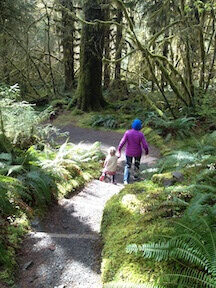
Mother and child. Photo courtesy of Martin LeBlanc.
That entrance into the natural world changed Juan’s life forever. He is now a leader in the children and nature movement, works to green South Central Los Angeles and other urban areas, and has spoken at the White House on the issue.
So although Michael Pollan, Juan Martinez and I came to nature from different directions, each of us ended up at the same place: with a deep belief in the potential for a new nature movement to connect people to nature for their health, happiness, creativity and survival.
Urban gardens — community gardens, school plots and botanical gardens — play an increasingly important role in that movement. Last week, I spoke at the San Francisco Botanical Garden and the Los Angeles County Arboretum and Botanic Garden. Both offer fertile, even wild-seeming patches of green and sunlight amidst the dense urban neighborhoods.
At the San Francisco garden (where I was able to spend more time), I was stunned to find a redwood grove where, if you blinked, you might assume that you were standing in the Muir Woods, immersed in the sounds and smells of that deep forest. Strands of light swirled hundreds of feet up in the high branches.
“These redwoods are mere babies,” explained Annette Huddle, Director of Youth Education. But to a child’s eyes, they’re giants walking. Approximately 10,000 children come through this garden every year. Before coming to the Garden, some of these kids have, literally, never stepped off the pavement.
“So many are like the one little child who, frightened, called out, ‘A plant touched me! What should I do?'” Annette told me how she introduces the children to a deeper experience of their senses. She encourages them to look, and smell and listen and, in a special children’s garden, to play independently, to touch the earth, to feel mud between their toes.
Such places in our cities do offer urban children and adults a portal into nature, and these institutions may also offer passage into the new era: the transformation of our cities. In that coming time, the city does not only contain a botanical garden; it becomes one.
What if cities were to become engines of biodiversity and human health? What would that future look like?
In my book, The Nature Principle, I describe spending a pleasant afternoon with students at Cornell University who were studying for careers in botanical gardens. I walked with several of them through Cornell Plantations, the university’s home for an arboretum that includes 4,300 acres of natural areas, including bogs, gorges, glens and woodlands:
“As we sat in an open-air shelter for lunch, we discussed the Garden Cities movement of the early twentieth century, which was infused with the idea that nature experience was connected to human health, and we talked about how that connection has been all but scrubbed from public consciousness and urban planning. The education of these students was focused on creating botanical gardens to enhance city life. I asked them if they had ever considered careers that could lead to turning entire cities into botanical landscapes. They were intrigued by the question, and no, they had not considered that career path — yet.
-
Network News
POLICY UPDATE: Policy and advocacy for the children and nature movement
-
Voices
Binoculars, bald eagles and my journey as a Black birder
-
Richard Louv
THE WONDER BOWL: Ten Spring and Summer Nature Activities for Kids and Adults
-
Network News
Minneapolis Spotlight: The promise and possibilities of parks for youth
-
Voices
Why nature is my motherhood ally


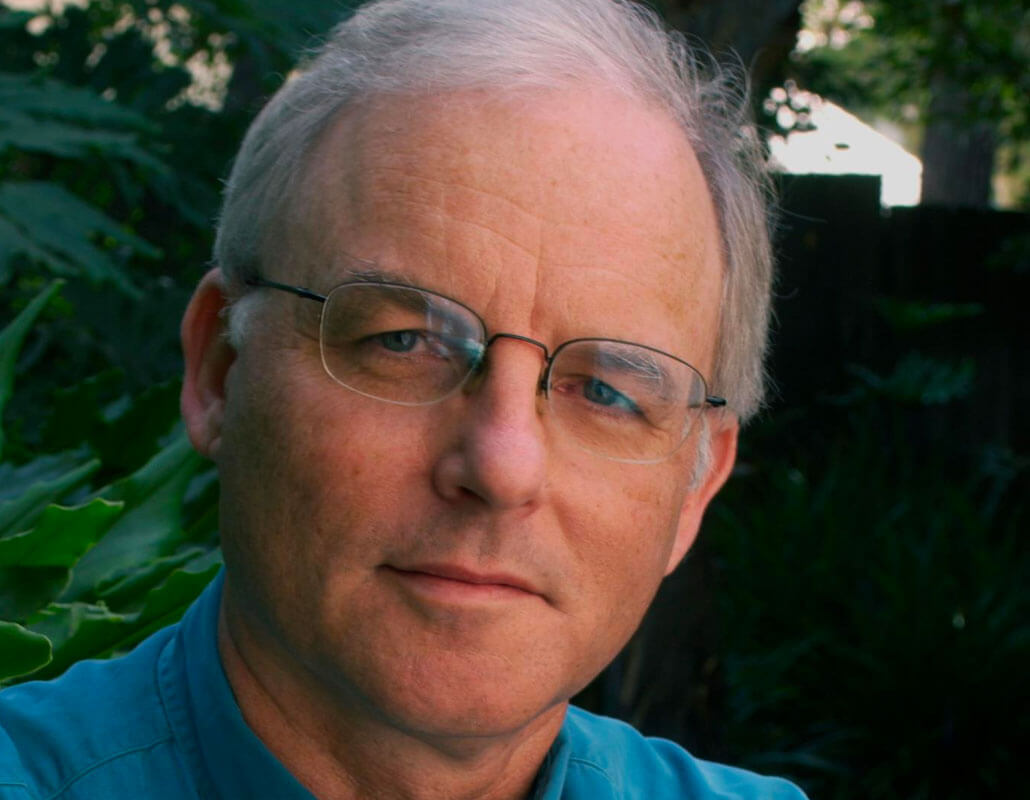
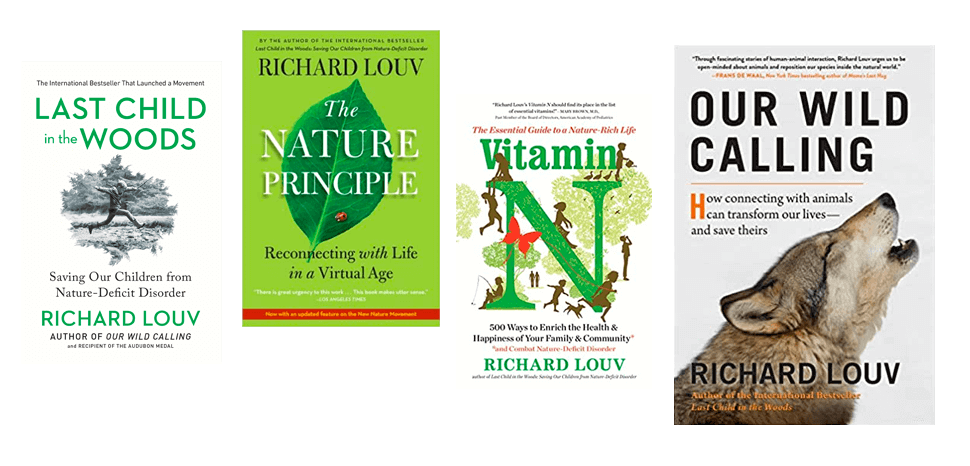
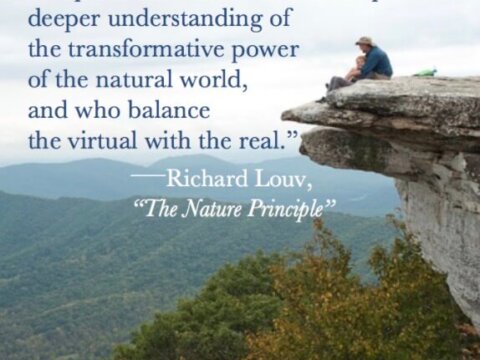
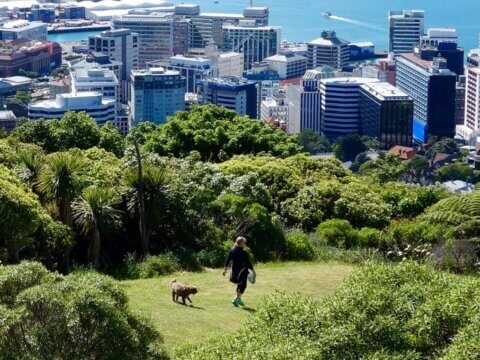
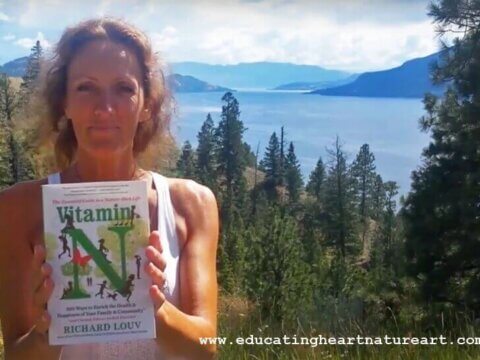
Commentaries on the C&NN website are offered to share diverse points-of-view from the global children and nature movement and to encourage new thinking and debate. The views and opinions expressed are those of the author(s) and do not necessarily reflect the position of C&NN. C&NN does not officially endorse every statement, report or product mentioned.